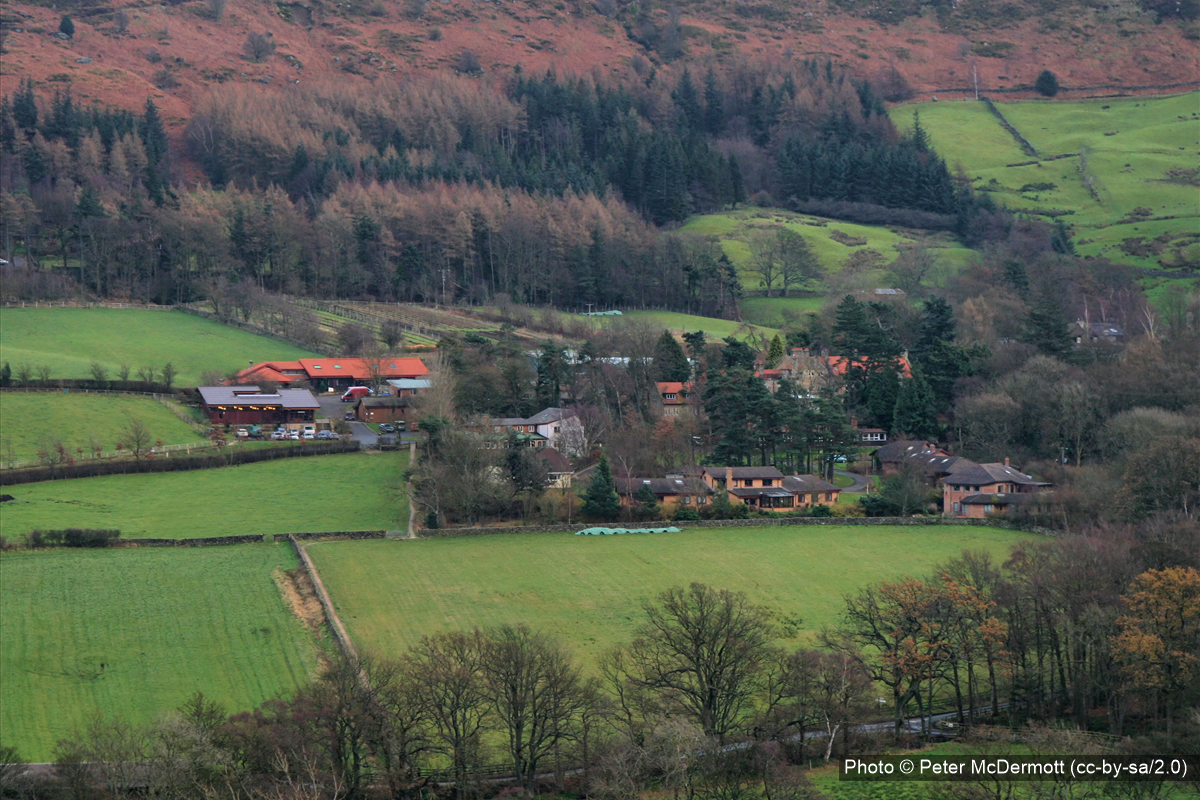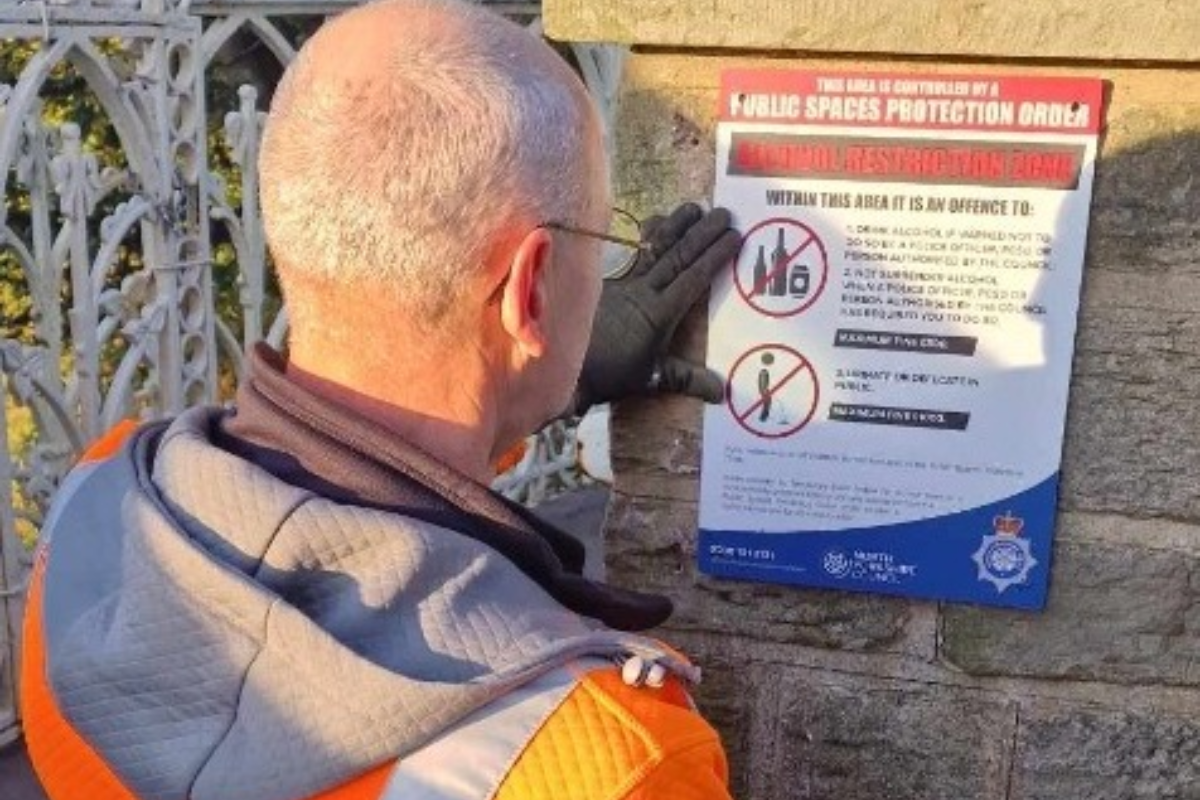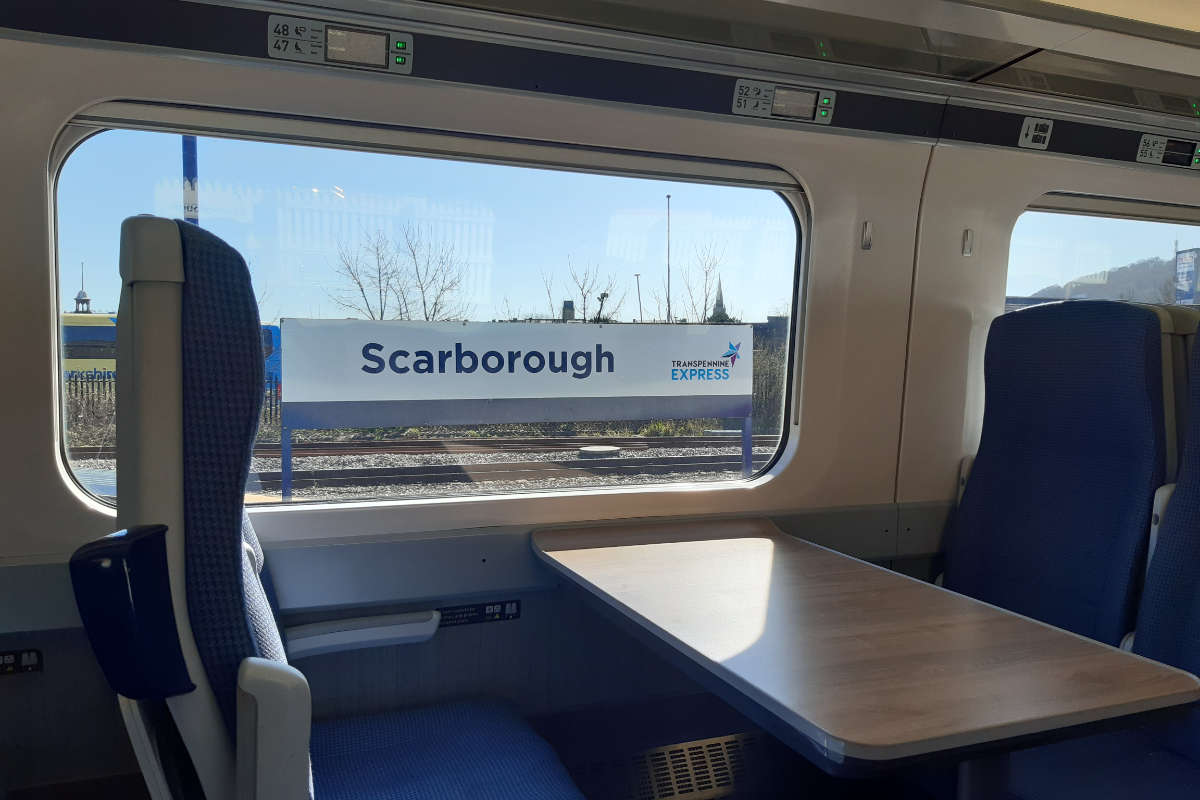
A proposal has been unveiled to give extra protection to a community supporting people with learning disabilities and the heritage of an ancient settlement which Henry I gifted to an aristocrat for support in a battle.
The North York Moors National Park Authority will on Thursday consider launching a consultation exercise over granting conservation area status to Botton, near Danby, following concerns for its buildings as many are unoccupied and at risk of “neglect and decay”.
The move follows a historical survey in 2021 of the 600-acre village which has since 1955 been the base for a pioneering and largely self-sufficient community for people with learning disabilities.
Botton has a community of 100 people, with support workers travelling in from nearby towns and features some 42 buildings.
The study identified that the first Camphill Village Trust site, which inspired other villages internationally, had developed its unique architecture from the foundations of earlier occupation with evidence relating to prehistoric and Robert de Brus, for his support of Henry I at the battle of Tinchebray in 1106.
The earliest surviving evidence for activity in the area is an Iron Age quern stone, which was ploughed up in 1963.
Researchers found how in 1656 Quakers John and Euphemia Hartas had bought a cruck-framed Yorkshire longhouse, built to accommodate the family and cattle under one roof, which led to the marshy land being drained and the first farmstead in the dale.
The village also features buildings such as Botton Hall, which was built in 1899, as a sporting lodge for the Macmillan publishing family and buildings inspired by Austrian architect Rudolf Steiner.
An officers report to a meeting of the authority’s planning committee states while there were 21 refurbishment and extension projects between 1998 and 2014 funded by donations to the value of £12m, with changing management focus shifted to independent living accommodation, Camphill Village Trust no longer follows principles of communal living or Steiner architecture.
It states:
“This has created a disjointed relationship between the original Camphill community and current management as an ordinary residential care home.
“Many of the houses are now run under the Shared Lives scheme, whereby trained carers open their homes to provide support either long or short term to adults with disabilities or mental health needs, which makes the 12 to 14 bedroom houses overly large.”
The report states as many buildings in Brotton are unoccupied it had triggered concerns for the
“erosion of architectural, historical, and communal significance”.
It adds while increased traffic and light pollution has a negative impact on the landscape, a change in the village’s management also has the potential to erode the function and character of the village.
The meeting will hear the issues reinforce the need for action to ensures the significant qualities and character of the neighbourhood are maintained and are compatible with the ongoing care and support for residents.




 New Study Suggests High Number of Second Homes in Whitby
New Study Suggests High Number of Second Homes in Whitby
 Scarborough Bus Builder Could Benefit from Government Funding for Zero-Emission Buses
Scarborough Bus Builder Could Benefit from Government Funding for Zero-Emission Buses
 Council Chews Over Funding for Scarborough's Sticky Problem
Council Chews Over Funding for Scarborough's Sticky Problem
 Scarborough's Dale Power Solutions Makes Aquisition
Scarborough's Dale Power Solutions Makes Aquisition
 Concern Over Esk Valley Pupils Ability to Attend Whitby School
Concern Over Esk Valley Pupils Ability to Attend Whitby School
 North Yorkshire Council Defends 2 Million Plan
North Yorkshire Council Defends 2 Million Plan
 Nearly 10 Million Allocated to North Yorkshire Flood Relief
Nearly 10 Million Allocated to North Yorkshire Flood Relief
 Improvement in Scarborough Town Centre Anti-Social Behaviour
Improvement in Scarborough Town Centre Anti-Social Behaviour
 Operation Coastline Returns This Easter for East Riding Coast
Operation Coastline Returns This Easter for East Riding Coast
 North Yorkshire's Eden Camp Owners To Step Aside After Four Decades
North Yorkshire's Eden Camp Owners To Step Aside After Four Decades
 Scarborough Children Happier But Girls Worry More
Scarborough Children Happier But Girls Worry More
 Scarborough Late Night Trains Safety Concerns
Scarborough Late Night Trains Safety Concerns









Comments
Add a comment